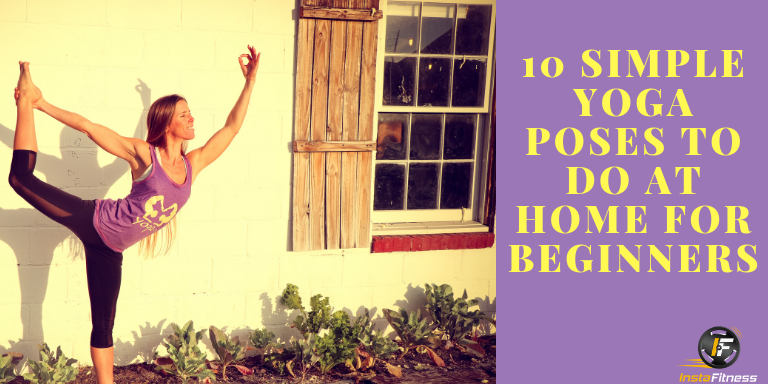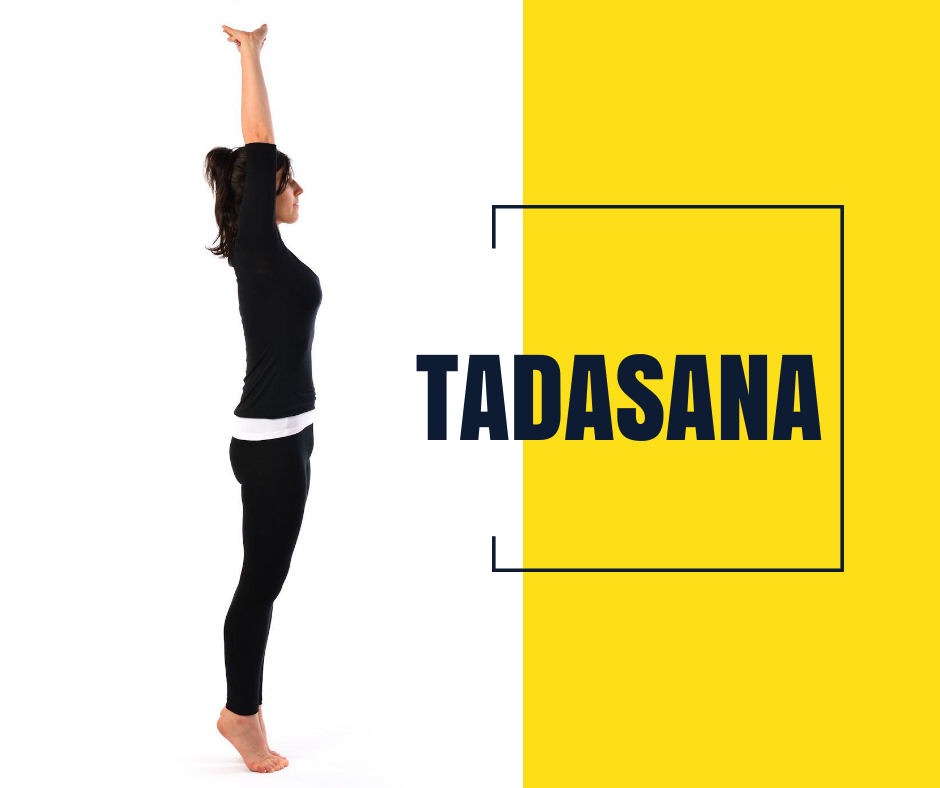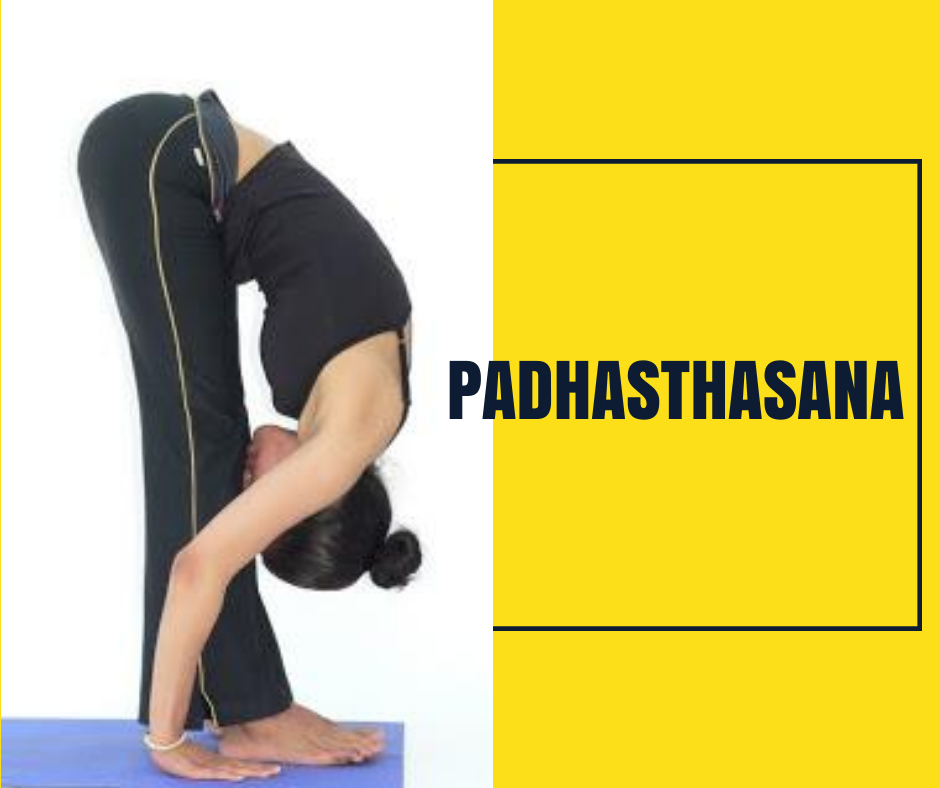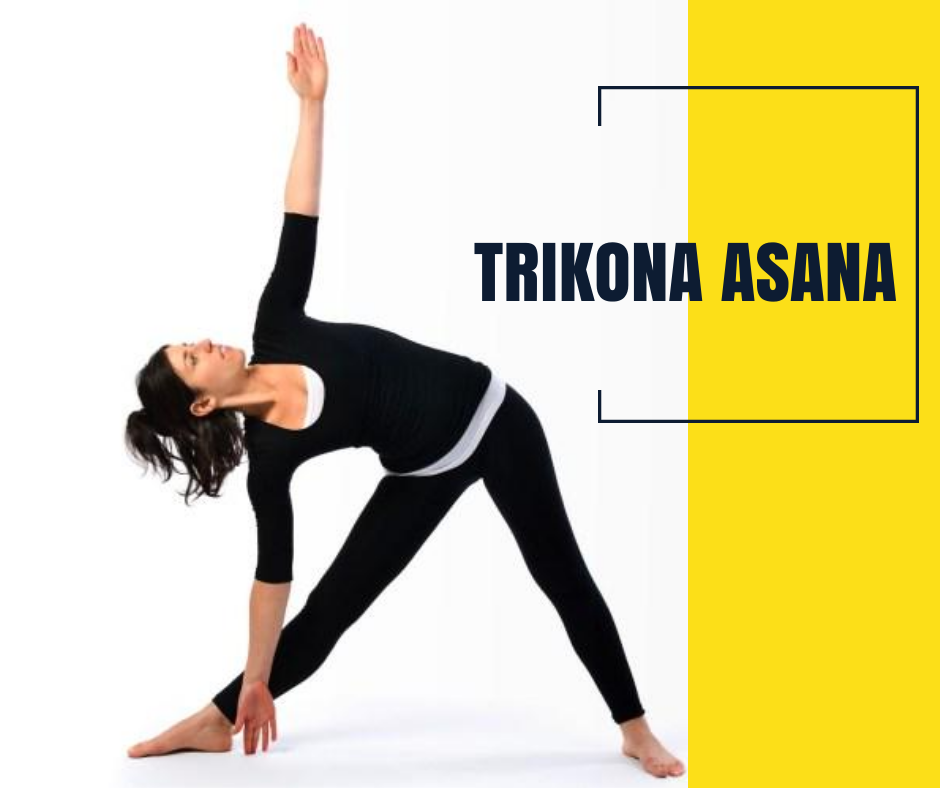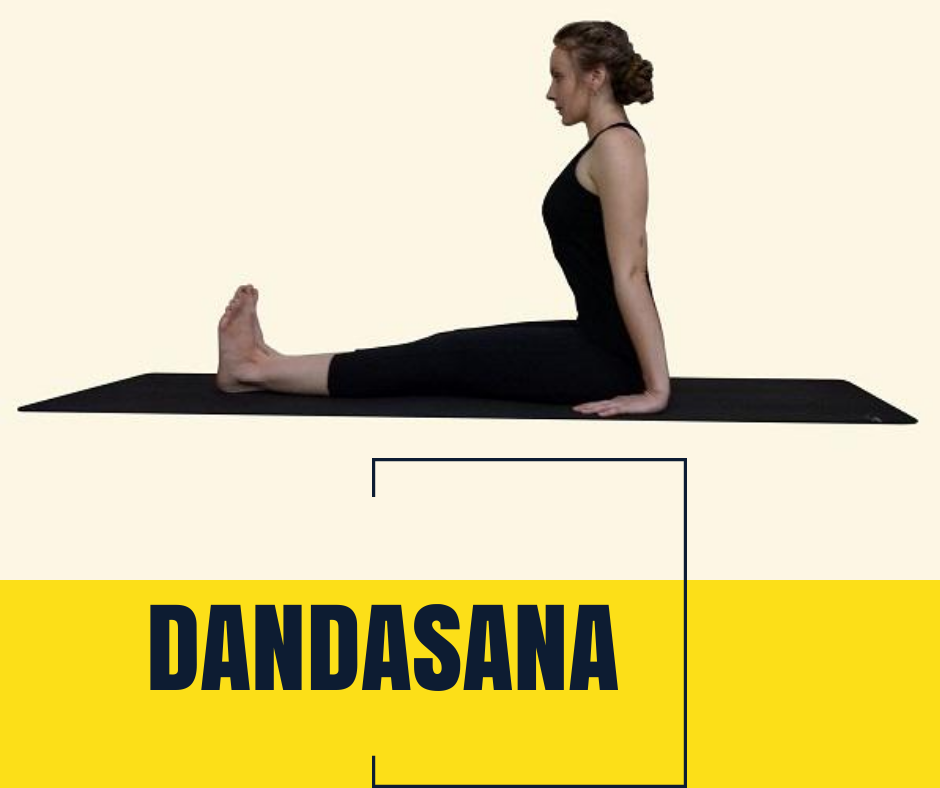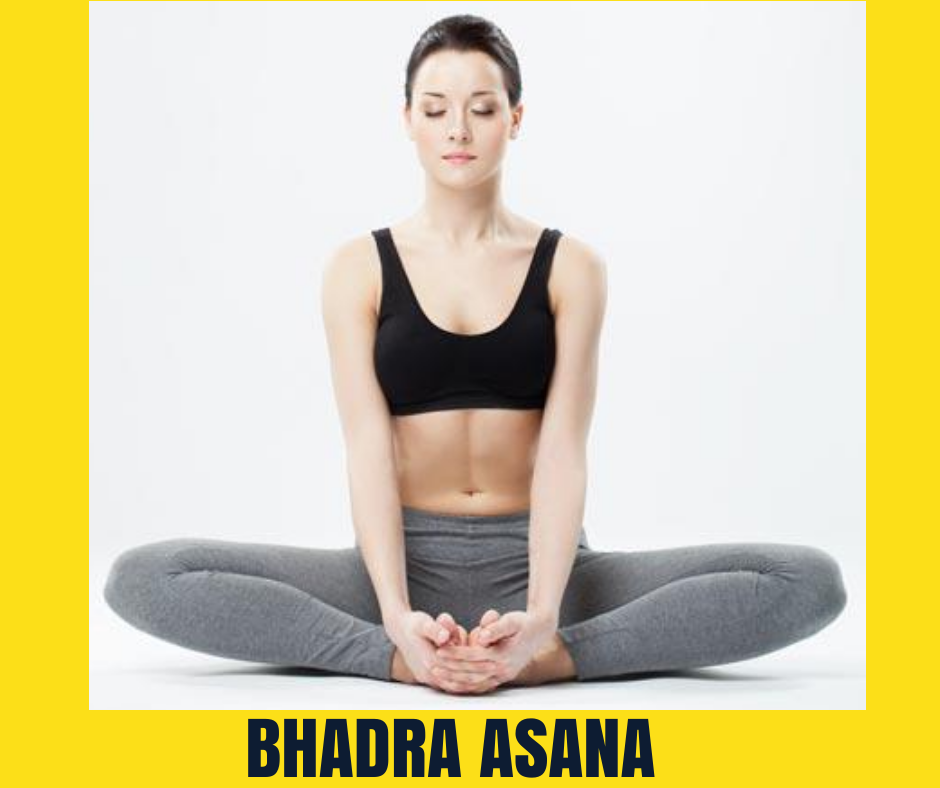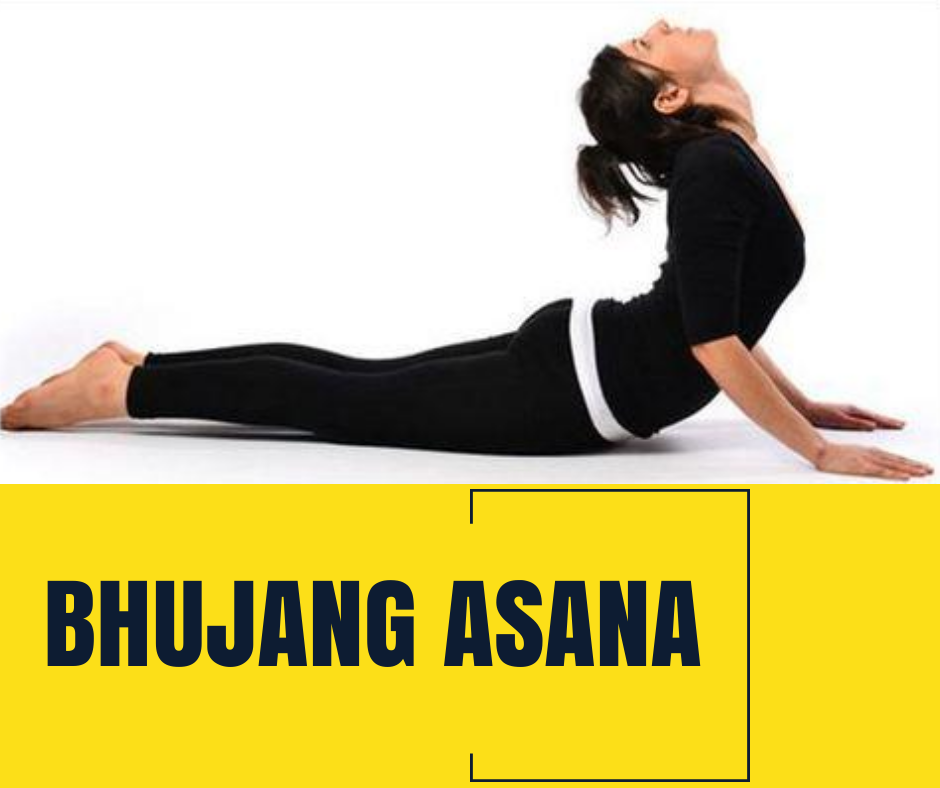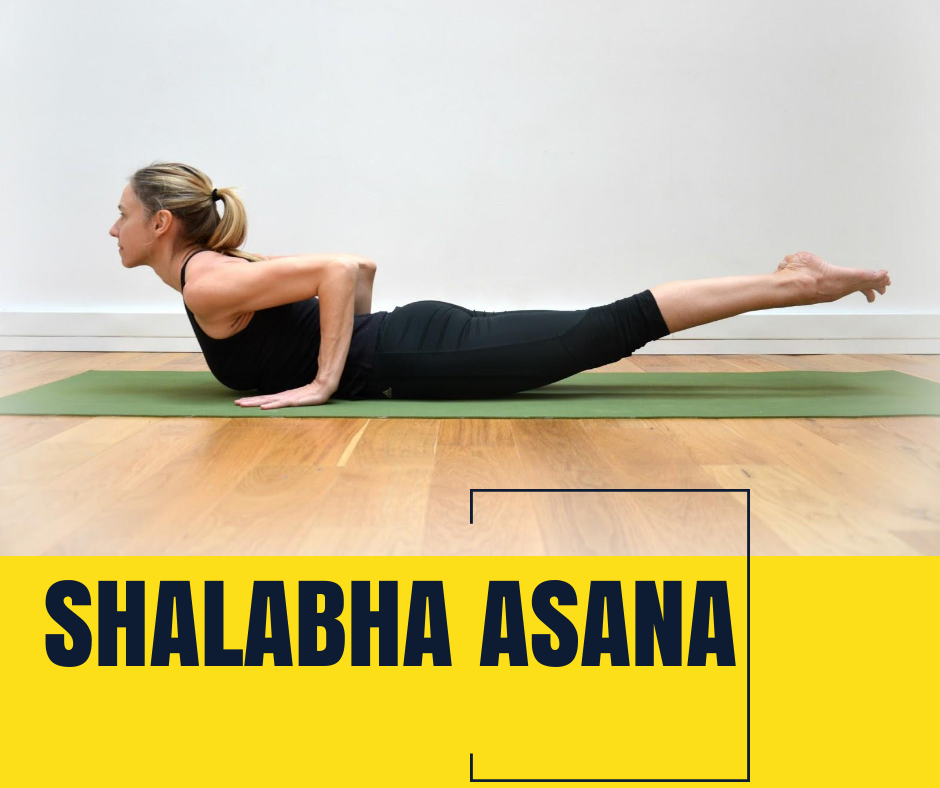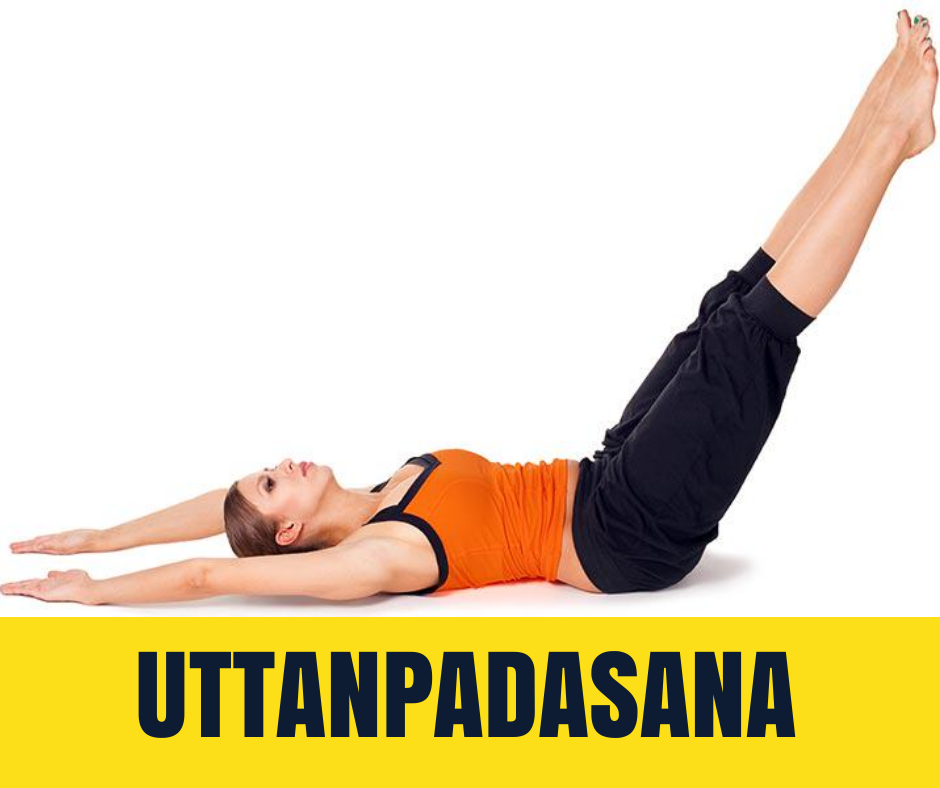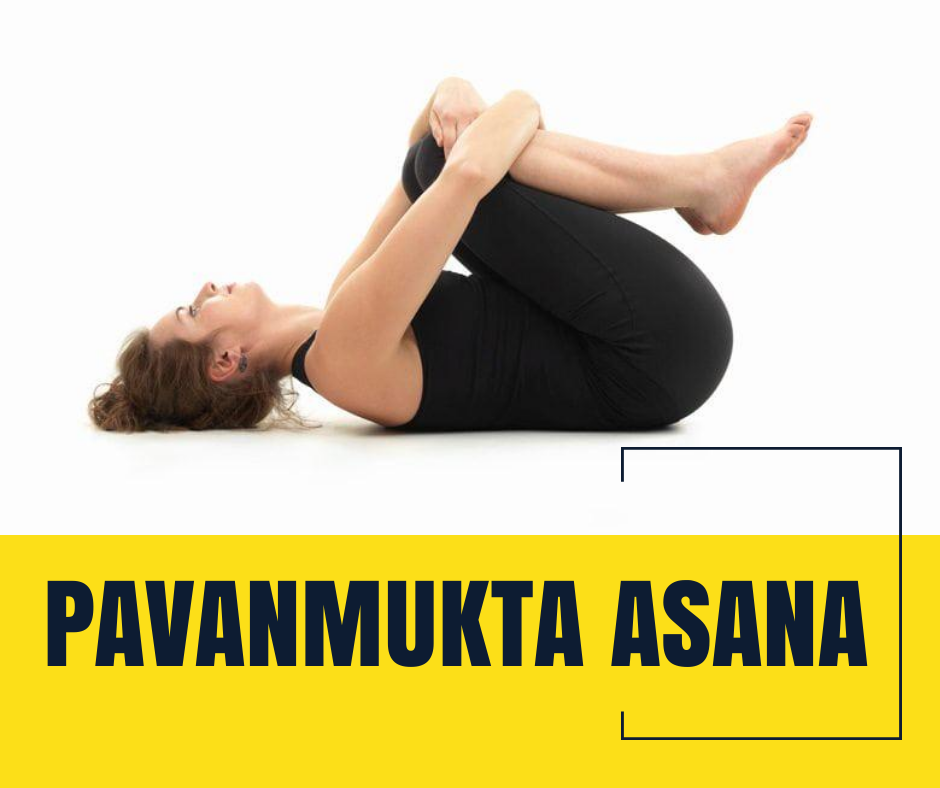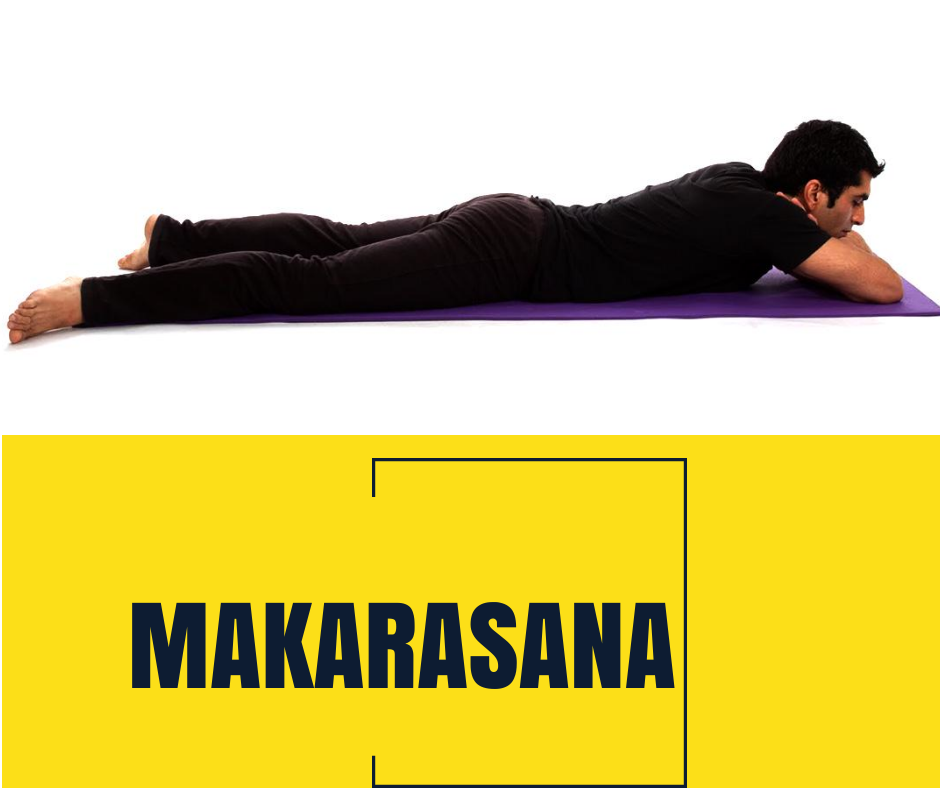Yoga at home is the most convenient and easy to follow the form of physical activity which one can do regularly and maintain an active lifestyle. We all know advantages of yoga very well; it indeed helps in enhancing flexibility, maintaining balance, improving metabolism, enhancing concentration and establishing alignment between mind, body, and soul.
Knowing the benefits is not enough; Yoga can be dangerous, if not practiced correctly. One needs to practice yoga regularly until it is a part of life. But, how to start is the most basic question especially if you are a beginner? So, let us explore the answer here, firstly start with a warm-up “Sukshma-Vayayam” that includes mostly rotations, you can follow this sequence; neck rotations, shoulder and arm rotations, Waist rotations, Knee rotations, and ankle rotations. After completing warm-up you can rest for 50-60 seconds and then can start with Yoga Asanas. There are major 4 categories of Yoga postures; Sitting poses, standing poses, supine lying poses and back lying poses. So let’s plans a basic yoga routine where we can cover all these types of poses.
1) Tadaasana
Tadaasana means “Mountain Pose” and is a standing pose. Standing with the feet together helps to enters the posture, grounding evenly through the feet and lifting up through the crown of the head.
You have to lift the thigh, the waist is also lifted, and the spine is elongated. Breathing is relaxed and normal. Although Taḍaasana is a basic asana, it is the basis for many standing asanas. As such, it is important as it allows the body and consciousness to integrate the experience of the preceding asana and to prepare for the next.
Benefits
• Improves posture
• Strengthens thighs, knees, and ankles.
• Increases strength, power, and mobility in the feet, legs, and hips.
• Tightens abdomen and buttocks
2) Padhastasana
The name of the pose comes from the Sanskrit word pada which means “foot,” hasta meaning “hand” and asana meaning a “seat” or “posture.” .The English name for padahastasana is gorilla pose or hand under foot pose.
Keep the legs completely straight, the spine elongated and erect and without rounding the back, exhale and bend from the hip joint. Start to go forward in the pose. The forward motion should be created in a way that hands, head, and torso should look like a single entity.
Benefits
• Enhances Flexibility
• Amplifies metabolism
• Increases blood flow
• Improves posture
• Good stretching
3) Trikonaasana
Trikona means Triangle in Sanskrit and one has to maintain a triangular pose during this practice that is why it is named so. It is a standing pose and is maintained while keeping your eyes open. This asana is known to stretch the muscles and improve the regular vital functions.
Stand upright and place your legs about three and a half to four feet apart. Make sure your right foot is placed outside at 90 degrees and the left foot is placed in at 15 degrees. Align the center of your right heel with the center of the arch of the left foot. Take a deep breath, and as you exhale, bend your body to the right from below your hips, ensuring your waist is straight. Lift your left hand up and let your right hand touch the ground. Both your arms should form a straight line. Try and practice this pose as it is one of my favorite Yoga asanas to practice at home.
Benefits
• Stretches neck, hands, back, legs and buttocks
• Helpful in curing backaches
• Strengthens legs, waist, back
• Stimulates abdominal organs
4) Dandasana
Danda in Sanskrit means Stick, it is also known as Staff pose and is a preparatory pose before doing more intense poses. It is a very good practice for aligning your body.
For doing this pose; Sit erect on the ground, with your back straightened and your legs stretched out in front of you. Your legs must be parallel to each other, and feet should be pointed upwards. Press your buttocks on the floor, and align your head in such a way that the crown faces the roof. This will anyways straighten your spine. Place your palms next to your hips on the floor. This will support your spine and also relax your shoulders. Though this looks simple but trusts it’s not, try out this Yoga pose at home.
Benefits
• Enhances body alignment
• Stretches spine
• Improves Posture
• Strengthens back muscles
5) Badhrasan
Bhadra is a Sanskrit word, which means Auspicious or Gracious, that’s why it is also called “Gracious pose”.
To enter this asana, sit a yoga mat. Bring the feet in toward one another and, if possible, touch the toes and soles of the feet together. Using the hands, grasp both feet and pull them toward the pelvis as far as is comfortable. Then, lengthen the spine and let the shoulders drop down the back. Allow the knees to fall gently toward the mat.
Benefits
• Develops flexibility of legs
• Improves digestion
• Beneficial for female reproductive health
• Strengthens backbone, thighs, hips, and buttocks
• Improves focus and concentration
• Great pose for pregnant women
6) Bhujangasan
Bhujang in Sanskrit means Cobra, that is why this pose is also called as Cobra Pose. The backbend of this pose resembles the raised hood of the cobra. This is one of the poses of SuryaNamaskar.
To enter this asana, lie flat on your stomach. Keep your hands on the side and ensure that your toes touch each other.
Next, move your hands to the front, making sure they are at the shoulder level and place your palms on the floor.
Now, placing your body’s weight on your palms, inhale and raise your head and trunk. Note that your arms should be bent at your elbows at this stage. You need to arch your neck backward in an attempt to resemble the cobra with the raised hood. Do make sure your shoulder blades are firm, and your shoulders are away from your ears.
Benefits
• Makes the spine stronger and more flexible
• Stimulates the digestive, reproductive, and urinary systems
• Helps regulate metabolism, thus balancing the weight
• Stretches lungs, shoulders, chest, and abdomen
7) Shalabhasan
In Sanskrit, the word “Shalabh” stands for Locust or grasshopper that is one type of insect, basically found in grass. While doing Shalabhasana the complete body shape seems like a locust or grasshopper structure thus this posture is additionally known as Locust Pose
To enter the pose, lay on the abdomen place the chin on the floor. Keep the arms under the abdomen. The hands are under the thighs with palms facing down. Inhaling press the palms against the floor, keep the legs straight and raise them as high as possible.
Benefits
• Useful for removing unwanted fats around the abdomen, waist, hips, and thighs.
• Strengthening your wrists, hips, thighs, legs, buttocks, lower abdomen and diaphragm.
• Toughens back muscles.
8) Uttanpadasan
“Uttan” means raised and “Pada” means legs in Sanskrit, this is also known as “Leg Raise” in English. This pose is considered beneficial for reducing fat around the abdominal area. This pose is also practiced widely at gyms or fitness centers.
To make the asana pose, lie flat on your back. Keep your hand on either side and palms should be facing down. Inhale slowly and lift the legs at 45 – 60 degree from the ground. Hold this posture for some time (15-20 sec) to feel pressure in lower abs. While exhaling (Breath out) relaxes your posture by lowering legs i.e. (Starting position). Repeat this for 3-4 times daily.
Benefits
• Cures stomach disorders like acidity, indigestion, and constipation
• Strengthens the abdominal organs, back, and hip and thigh muscles
• Cures back pain.
• Helpful for losing weight.
9) Pavanmuktasan
Pawan means “Wind” and “Mukt” means Relieve, that is why this pose is known as Wind Relieving Pose. This pose helps to release digestive gases from the intestines and stomach with great ease.
To enter the pose, lie flat on your back on a smooth surface, ensuring that your feet are together, and your arms are kept beside your body. Take a deep breath. As you exhale, bring your knees towards your chest, and press your thighs on your abdomen. Clasp your hands around your legs as if you are hugging your knees.
Hold the asana while you breathe normally. Every time you exhale, make sure you tighten the grip of the hands on the knee and increase the pressure on your chest.
Benefits
• Strengthens the abdominal muscles and massages the intestines and internal organs of the digestive system, therefore releasing trapped gases and improving digestion.
• Strengthens the back muscles and tones the muscles of the arms and the legs.
• Stimulates the reproductive organs and massages the pelvic muscles. It also helps to cure menstrual disorders.
10) Makarasan
In Sanskrit “makar” means crocodile and that is why this is known also known as Crocodile pose in English. This is one of the best poses of relaxing it helps in the release the strain caused by practicing other yoga asanas, and it is, therefore, the best way to end a yoga session at home.
To make the pose, first Lay down on the floor on your stomach.
Fold your hands and keep the tip of the elbows on the ground with your fingers facing upwards. Keep your elbows shoulder distance apart. Now, raise your shoulders and head. Keep your neck straight and look ahead. Bend your head a little forward and place your chin in your palms. Stretch out your legs with the toes facing outwards. Feel your body touching the ground. Breathe normally and slowly and relax your muscles. Stay in the asana for a few minutes until you feel completely relaxed.
Benefits
• Deep relaxation for your shoulders and spine
• Relieves the body and the mind of tension
• Keeps you rejuvenated
So these 10 simple yoga poses to practice at home can be regularly followed without any difficulty. These poses are smooth especially when it comes to beginners. Let’s start with these poses and then we can manage to do advanced yoga asana that can be practiced at home.
Disclaimer- It is advisable to consult a doctor before starting any form of exercise before starting any form of exercise especially if you have any medical condition.
Get assistance for your Yoga Beginners classes from expert yoga trainers at InstaFitness.Click here

